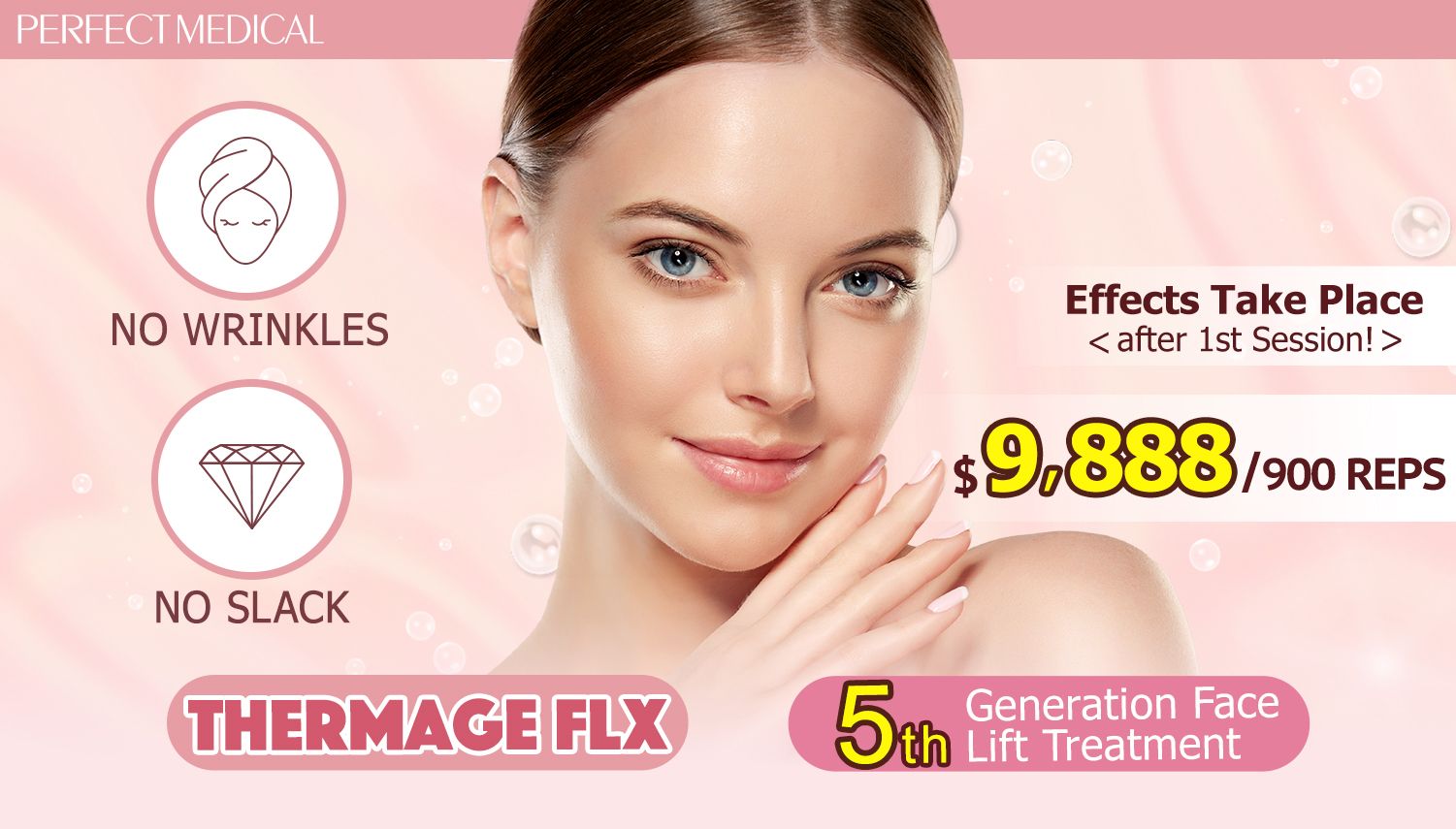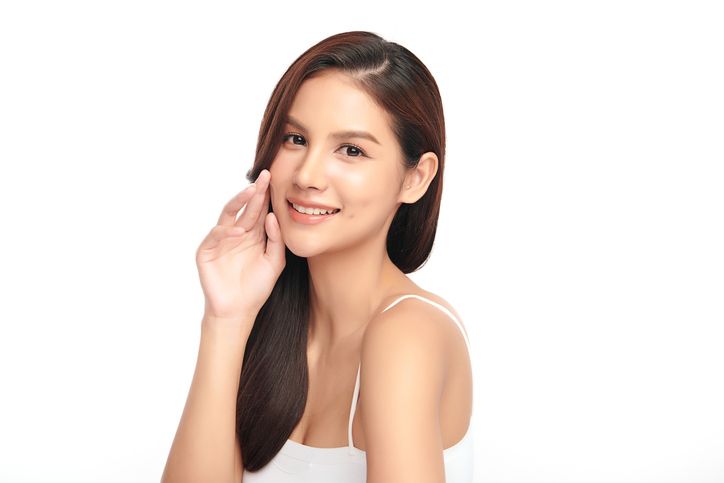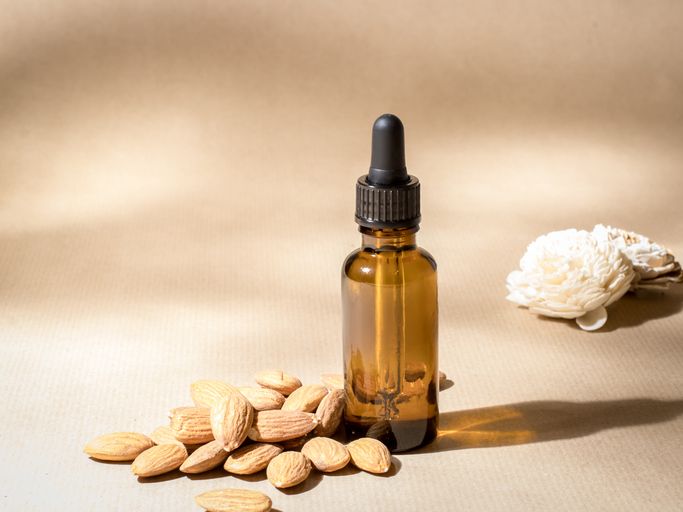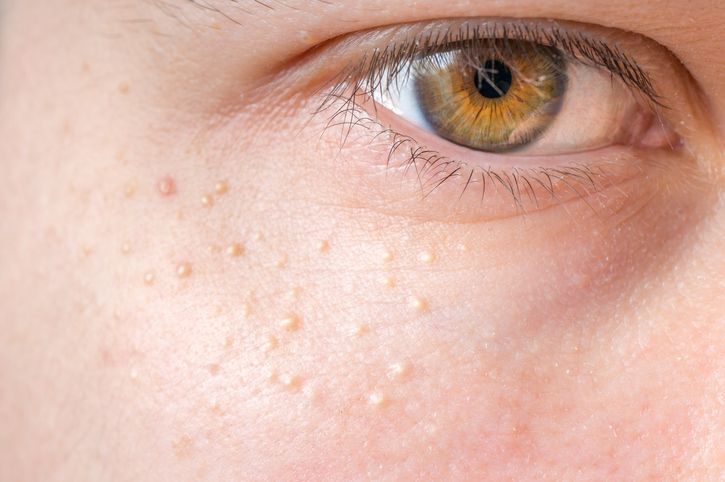- Home
- Trend
- Weight Loss Strategies
- Acne Tips
- Hair Health Information
- Blemish Removal Tips
- Acne Scar Removal Tips
- Muscle Building Techniques
- Intimate Care Tips
- Postpartum Intimate Care
- Eye Bags Wiki
- Tips for Face Slimming
- Secret of Permanent Hair Removal
- Breast Enlargement Tips
- Cure to Snoring
- Marionette Lines
- Skin-Tightening Secrets

免費體驗
Thermage FLX 5th Generation Face Lift Treatment
1 Minute Self-Registration
Date should not be before minimal date
We all know those familiar lines that crinkle around our noses and mouths when we smile. Often used interchangeably, "smile lines" and "nasolabial folds" can be a source of confusion. But fear not! This guide will unveil the key differences between these common facial features. We'll delve into their causes, treatment options, and ultimately, help you choose the right approach to address these signs of ageing and achieve a smoother, more youthful appearance.
1
Prevent Wrinkles By First Knowing Them: Smile Lines or Nasolabial Folds?

Location
Appearance
Quick Test

2
Smile Lines VS Nasolabial Folds: Definition and Causes

Factors Contributing to Smile Lines
Factors Contributing to Nasolabial Folds
Factors Contributing to Nasolabial Folds
- How Effective Is the “Face-Slimming King” Phoenix RF? Thermage FLX Principles and 4 Key Benefits (Plus Exclusive Thermage Offers!)
- Is Thermage Better Than Ultherapy? Ultherapy or Thermage FLX: Which Skin Tightening Treatment is Better for You?
- 10 Reasons You Should Try Thermage Eye Treatment : Thermage For Eyes Before And After Results
- Thermage FLX Authenticity Revealed: 5 Tips to Spot Fakes and Identify Genuine Devices
3
Effective Treatments for the Deep Creases On Your Face

1. Stimulate Collagen Production
2. Dermal Fillers
3. Radiofrequency Treatment
4. Facial massage
5. Botox injections

4
Last Few Words


免費體驗
Thermage FLX 5th Generation Face Lift Treatment
1 Minute Self-Registration
Date should not be before minimal date
FAQ

1. How can I improve skin elasticity naturally without using skincare products?
Improving skin elasticity naturally can be achieved through various lifestyle factors such as maintaining a healthy diet rich in antioxidants and essential nutrients, staying hydrated, getting regular exercise to promote blood circulation, practising good skincare habits like using sunscreen and moisturisers, and avoiding habits that can damage the skin like smoking and excessive sun exposure.
2. What are the best practices for keeping skin hydrated throughout the day?
Keeping the skin hydrated involves using a moisturiser suited to your skin type, drinking an adequate amount of water daily, avoiding harsh soaps and hot water that can strip the skin of moisture, using a humidifier in dry environments, and incorporating hydrating ingredients like hyaluronic acid and glycerin in your skincare routine.
3. Are there any home remedies that can help get rid of smile lines effectively?
Home remedies to rid of smile lines may include facial exercises to tone facial muscles, using natural ingredients like aloe vera or coconut oil to moisturise and nourish the skin, applying antioxidant-rich serums or creams to promote collagen production, and practising sun protection to prevent further damage to the skin.
4. What factors contribute to the development of laugh lines, and how can I prevent them from becoming more prominent?
Factors contributing to the development of laugh lines include ageing, repeated facial expressions, sun exposure, smoking, and genetics. To prevent them from becoming more prominent, you can use sunscreen daily, moisturise the skin regularly, avoid smoking, stay hydrated, and consider non-invasive treatments like laser therapy or dermal fillers if necessary.
5. Are there non-invasive treatments available to reduce nasolabial folds without surgery?
Non-invasive treatments for reducing nasolabial folds without surgery include dermal fillers containing hyaluronic acid or collagen-stimulating injections, laser treatments to promote collagen production and improve skin texture, and radiofrequency or ultrasound therapies to tighten and lift the skin in the targeted area. These treatments can help reduce the appearance of nasolabial folds and improve overall skin firmness and elasticity.









